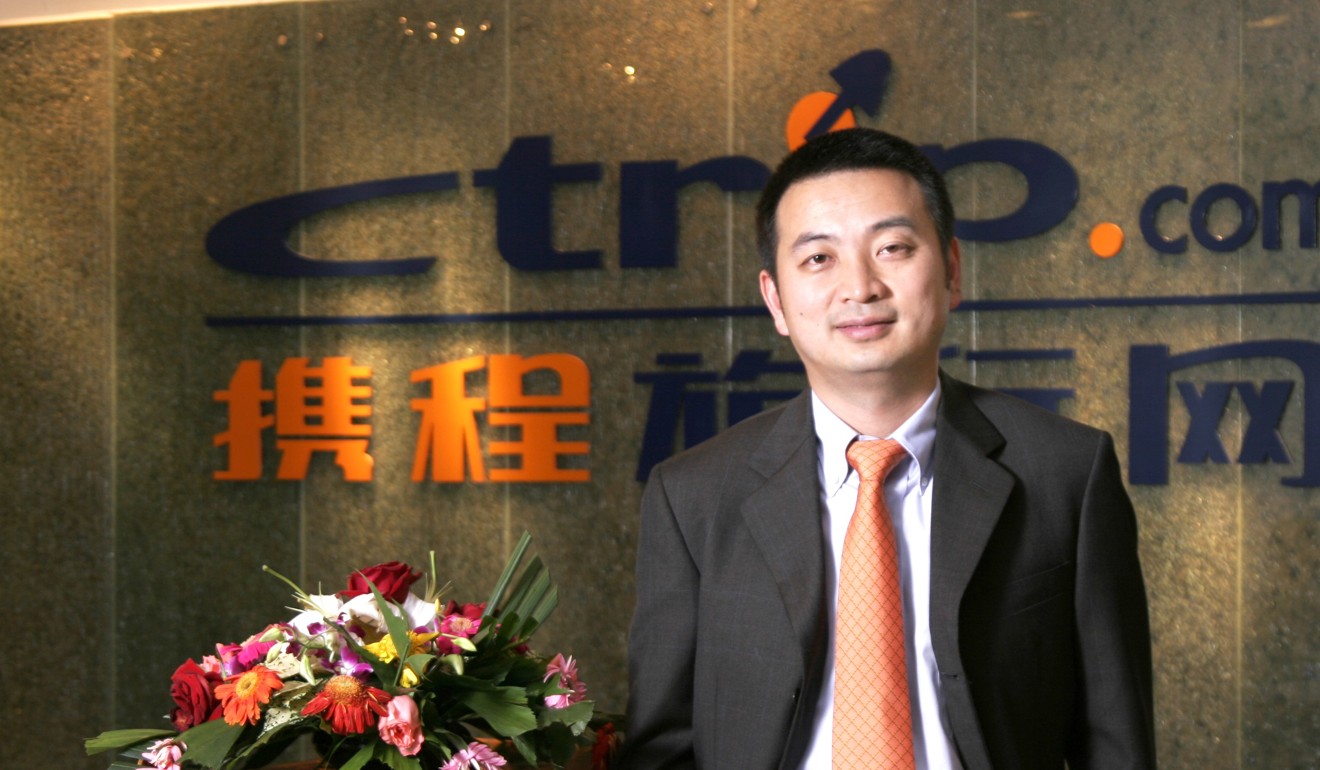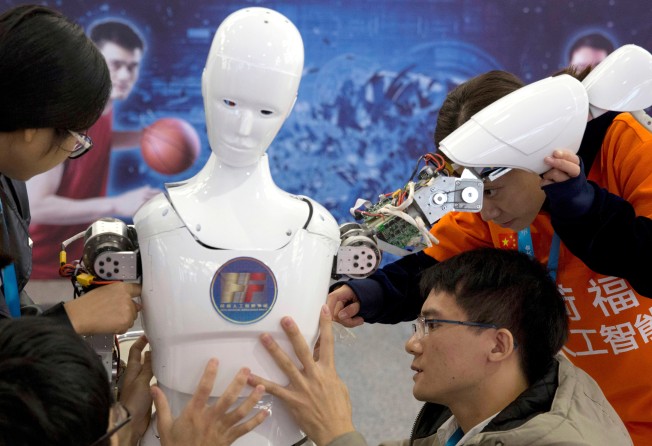
Remove two-child policy to boost China’s capacity for innovation, says Ctrip entrepreneur
With the country still reliant on foreign technology, James Liang says the ability to innovate is determined by the age profile of the population

Beijing needs to quickly remove childbirth restrictions to lay the demographic foundation for innovation and invest intensively in its human capital to catch up with developed countries, a prominent Chinese entrepreneur said on Monday.
“Innovation should be a new factor to consider [to revise the country’s population policy] after ageing and legal issues,” James Liang, chairman of Nasdaq-listed Ctrip, said in an interview with the South China Morning Post.
The 49-year-old jointly founded Ctrip in the late 1990s and grew it into China’s largest online travel service, but he is increasingly known in the country for advocating the removal of the controversial and decades-old birth control.
It comes at a time when Beijing is vowing to fuel economic growth and enhance China’s capability for technical innovation.
Despite initiatives to incentivise innovation, such as the 15 per cent preferential corporate income tax rate for high-tech firms (the standard rate is 25 per cent) and a variety of programmes to lure back talent from overseas, the country still relies heavily on foreign technology and products, such as computer chips, and lacks sector-leading talent and innovation.
In his latest book, The Demographics of Innovation, Liang argued that the innovation capacity of a country is fundamentally determined by demographic factors, including the size, geographic concentration and age structure of the population, and that China’s capacity would be diminished without big measures being taken immediately.

“A young population is vital for innovation and the national economy,” he said ahead of the book launch.
Beijing introduced the one-child policy from the late 1970s, citing the population theory of Thomas Robert Malthus. The policy and its rigid implementation were blamed for forced abortions and challenges including the pensions black hole.
China’s over-60 population had reached 241 million by 2017 – equivalent to that of Germany, the United Kingdom and France combined – and is estimated to be rising towards a peak by 2050 of 487 million, or 34.9 per cent of the total.
Meanwhile, the country’s birth rate last year hovered at a low level of 1.24 per cent, compared with about 2 per cent in the US, meaning that the make-up of the population continues to place China at a disadvantage.
The two-children policy introduced in 2015 is not enough to turn the situation around, according to Liang. “To recover to an [appropriate] level, China needs to totally remove childbirth restrictions and spend more to encourage birth,” he said, arguing that the policy should be removed in one or two years.
He also proposes that the government should provide at least 10,000 yuan (US$1,600) in subsidies to each child-raising family annually to cover their living, preschool and kindergarten expenses. The total cost would amount to 2-5 per cent of the national gross domestic product, he believes.
“China’s spending on infrastructure is far larger than that of other countries,” he said. “We need a balance. Investment in human resources can generate longer-term and bigger gains.”